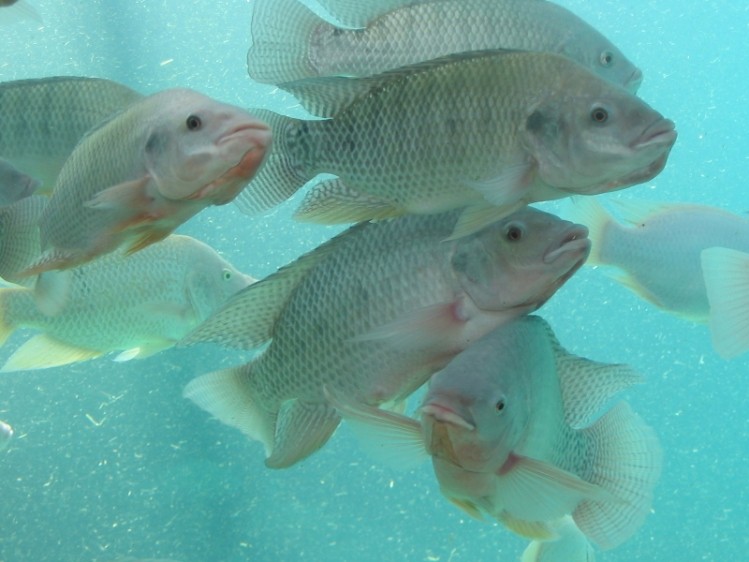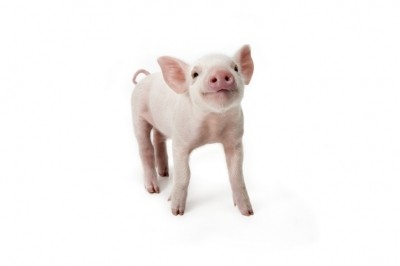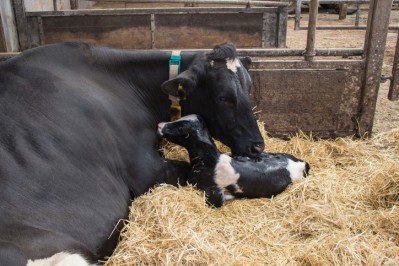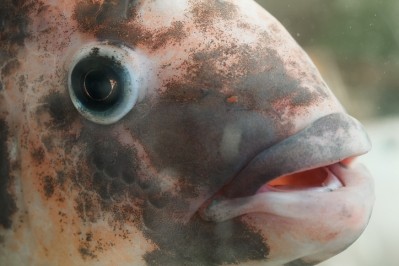Special Edition: Gut Health
Spray-dried plasma may boost growth, gut health in farmed tilapia

A team of researchers from the University Estadual Paulista in Brazil examined the use of spray-dried plasma (SDP) in the diets of Nile tilapia experiencing cold-induced stress (CIS). The group published its work in the journal Aquaculture.
“The aim of this study was to determine the optimum SDP dietary supplement level for the growth performance, villus:crypt ratio, and hematological profile of Nile tilapia under cold-induced stress,” said the researchers.
They found supplementation with the plasma feed ingredient improved the crypt depth and the villus:crypt depth ratio. Adding higher levels of the additive to feed also raised the hematocrit of fish and increased total plasma protein concentration, said the authors.
“Dietary SDP supplementation improved the growth performance, intestinal health, hematological profile and CIS resistance in Nile tilapia,” the researchers noted. “However, further studies should be performed to better understand the mechanisms underlying the effect of SDP on the growth and health of Nile tilapia.”
The team also recommended dietary supplementation at the level of 51.83g kg-1 of the plasma.
Why spray dried plasma?
Spray-dried plasma is an animal by-product generated from porcine, bovine or poultry blood during the slaughter process, said the researchers. It is a high-quality protein ingredient containing “high biological value proteins.”
It offers several elements including: immunoglobulins, albumin, fibrinogen, lipids, enzymes, and transferrin along with being a source of glutamic acid, glutamine, lysine, aspartate and threonine, they said. The feed ingredient has been found safe for use in the diets of several species and has a high digestibility rating.
Previous studies showed that use of SDP might improve feed intake for nursery piglets, they said. Research also has demonstrated improvements to immunology, villus:crypt ratio, goblet cell number, enzymatic activity, immune functioning and antioxidant capacity.
The aquafeed industry has been developing functional feeds to address economic loss caused by productive stress and environmental challenges, they said.
Although there has been research looking at the use of SDP in diets of terrestrial animals, little work on the ingredient has been done with fish, especially when considering stress conditions.
Study details
The research team members conducted two related feeding trials, they said.
In the first study, 440 Nile tilapia fingerlings were given one of five diets with increasing levels of SPD for a period of 60 days, the researchers said. The growth performance and villus:crypt ratio were tracked.
The diets included 0, 16.6, 33.2, 49.7 and 66.3g kg-1 of SDP, they said. The animal plasma used was a commercially produced porcine animal plasma donated by APC, an LGI Company.
Feed intake for the fish was recorded weekly and final body weight (FBW), specific growth rate (SGR), relative weight grain (RWG), feeding intake (FI) and feed conversion ratio (FCR) were calculated, they said. Intestinal samples were collected.
In the second study, fish were give a cold-induced stress (CIS) for a period of seven days and hematological parameters were evaluated, said the researchers.
Fish were fed the same experimental diets from the first study for 60-days and blood was collected from a sample of fish prior to and after the stress event, they said.
Results
In the first feeding trial, it was found that FBW, SGR, RWG, feed intake and FCR were all altered by SDP supplementation, the researchers said.
“Dietary SDP supplementation improved the growth performance, intestinal health, hematological profile and CIS resistance of the studied fish,” they said. “Based on our results, we recommend a dietary supplementation level of 51.83 g kg− 1 SDP for Nile tilapia.”
Adding 49.7 and 66.3g kg-1 of SDP to the diet led to the highest body weights, SGR and levels of relative weight gain when compared to the control diet, they said. The largest amount of SDP added to the feed corresponded with the highest feed intake.
The best FCR was found for fish getting the diet with 66.3g kg-1, but it was similar to results for fish getting 33.2 or 49.7g kg-1 SDP.
“Based on the broken-line analysis of the FBW, SGR, RWG and FCR, the optimum dietary level supplementation of SDP was determined to be 49.70, 50.16, 51.83 and 41.83 g kg− 1 diet, respectively,” the researchers said. Adding amounts of 33.2g kg-1 or more to the diet resulted in a lower crypt depth with the highest villus:crypt depth ratio being when the diet included 49.7g kg-1 SDP, they added.
In the second study, the lowest hematocrit (Htc) was found in the fish getting the diet with 16.6g kg-1 SDP when compared to fish getting 66.3k kg-1, they said. Fish getting the lightly supplemented diet also had reduced mean corpuscular volume (MCV) values after stress, while fish getting the diet with 49.7g kg-1 SDP had higher mean corpuscular hemoglobin concentration (MCHC) amounts post stress event.
The lymphocyte, leukocyte, neutrophil and monocyte numbers were altered by supplementation and CIS, they said. The highest total plasma protein level was found in fish getting the two largest amounts of feed supplementation.
Source: Aquaculture
Title: Dietary spray-dried plasma enhances the growth performance, villus:crypt ratio and cold-induced stress resistance in Nile tilapia (Oreochromis niloticus)
Authors: E. de Araújo, P. de Carvalho, J. de Freitas, R. da Silva, M. Rocha, C. Teixeira, F. Damasceno, M. Sartori, L. Pezzato and M. Barros















